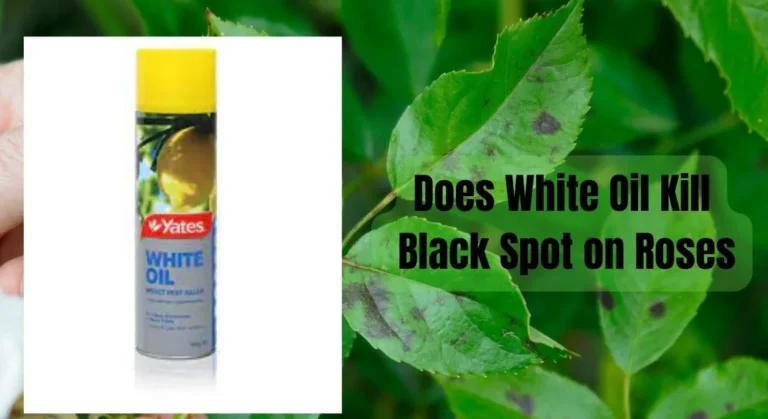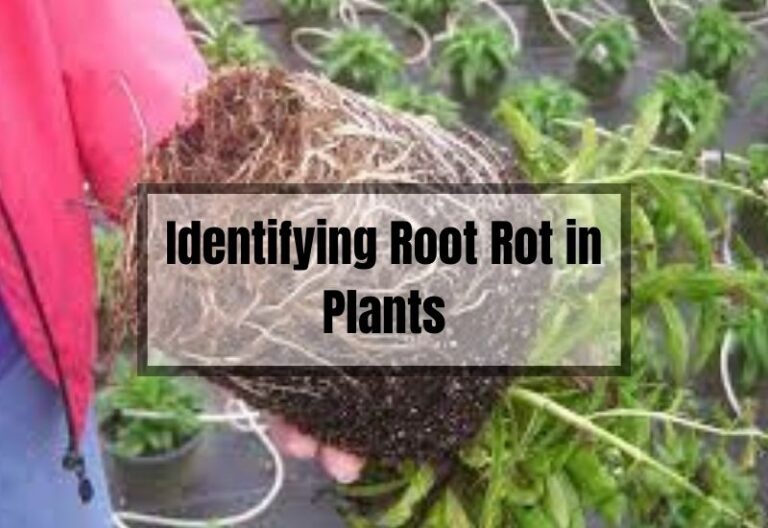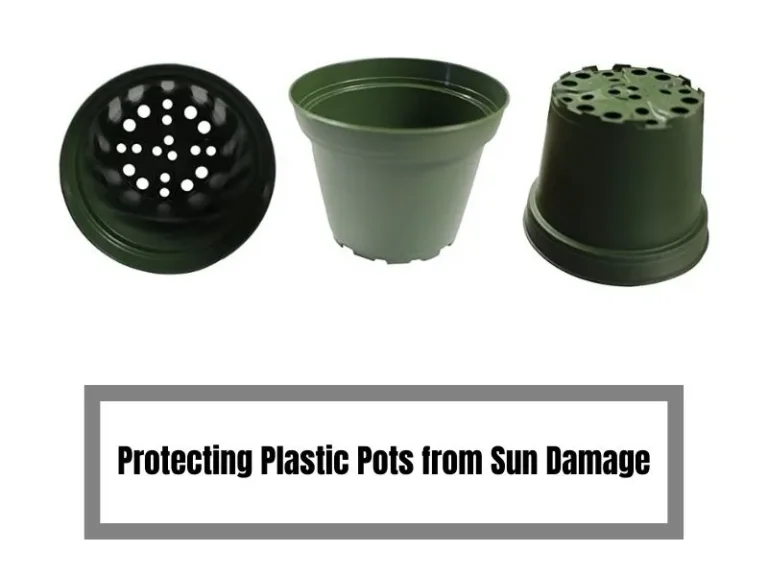Overwatering Houseplants: How to Avoid Killing Your Plants
Overwatering is a common mistake that many people make when caring for their houseplants. While it may seem like giving your plants more water is a good thing, it can actually harm them in the long run.
In this article, we will discuss the signs of overwatered houseplants, the effects of overwatering on houseplants, and how to prevent overwatering.

One of the first signs of overwatering is yellowing leaves and soft, limp plants. This is because overwatering can cause the roots of your plants to rot, which can lead to a lack of oxygen and nutrients. Other signs of overwatering include mold or fungus on the soil, a foul odor coming from the soil, and wilting or drooping leaves.
Overwatering can have a number of negative effects on your houseplants. In addition to root rot, it can also cause nutrient deficiencies and attract pests such as fungus gnats. It can also make your plants more susceptible to diseases and infections. Fortunately, there are steps you can take to prevent overwatering and revive overwatered plants.
Key Takeaways
- Overwatering can harm your houseplants by causing root rot and attracting pests.
- Signs of overwatering include yellowing leaves, mold or fungus on the soil, and a foul odor coming from the soil.
- To prevent overwatering, make sure to only water your plants when the soil is dry to the touch, and use well-draining soil. If you have overwatered your plants, you can revive them by letting the soil dry out and adjusting your watering schedule.
Overwatering Houseplants
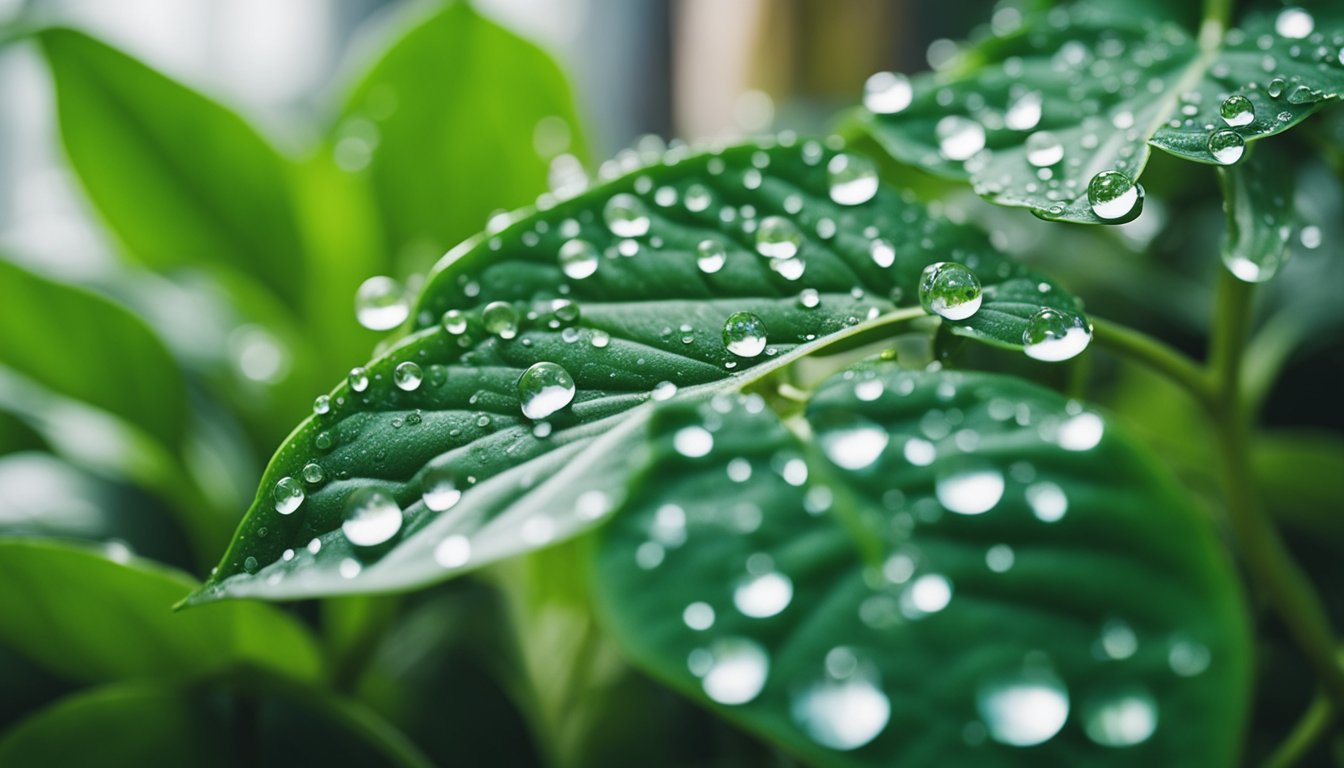
If you’re a plant lover, you know how important it is to give your plants the right amount of water. Overwatering can be just as damaging as underwatering. When you water your plants too much, the roots can become waterlogged, which can lead to root rot. Root rot can be fatal to your plants, so it’s important to know the signs of overwatering and how to fix it.
One of the first signs of overwatering is edema. This occurs when the water evaporating from a plant’s leaves is less than the amount absorbed by that plant. In turn, the leaves become swollen and may develop blisters. If you notice this happening to your plant, it’s a sign that you need to cut back on watering.
Another sign of overwatering is yellowing leaves. When plants receive too much water, the roots can become waterlogged, which can prevent oxygen from reaching the roots. When this happens, the leaves may turn yellow and eventually fall off.
If you suspect that you’ve overwatered your plant, it’s important to take action right away. The first step is to stop watering the plant. If the soil is still wet, you can remove the plant from the pot and place it on a towel to absorb excess water. You may also want to consider repotting the plant in fresh soil to help it recover.
Remember, overwatering is a common mistake that many plant owners make. By paying attention to your plants and knowing the signs of overwatering, you can help keep your plants healthy and thriving.
Signs of Overwatered Houseplants
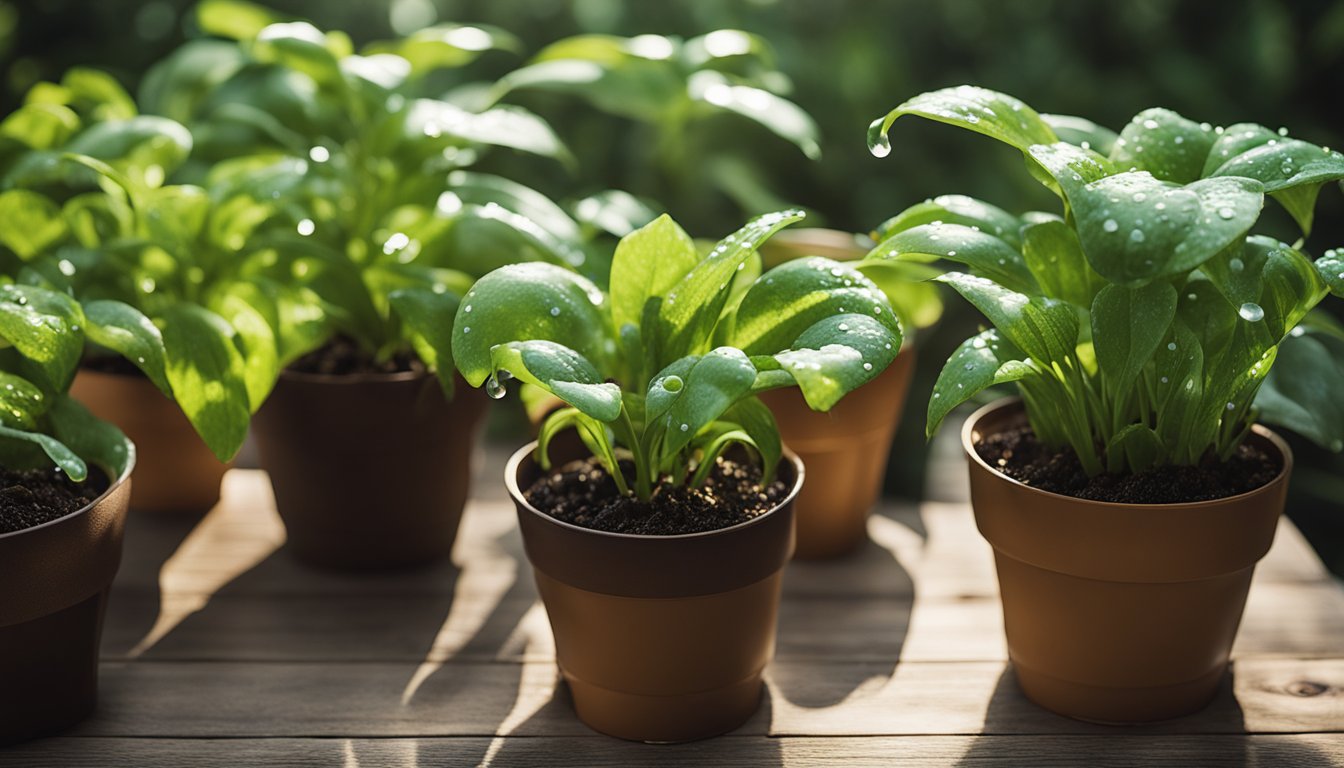
Overwatering indoor plants is a common mistake that many people make. Giving too much water in one go or not letting enough time pass before you’ve watered your houseplant again are both forms of overwatering. Here are some signs that your houseplants may be overwatered:
- Yellowing leaves: If the leaves of your houseplant are turning yellow, it could be a sign of overwatering. This is because overwatering can cause the roots to rot, which in turn affects the health of the plant.
- Wilting: Overwatered plants can also wilt, just like plants that are too dry. The entire plant may wilt or only the tips of the branches may wilt.
- Mushy stems: If the stems of your houseplant are mushy, it could be a sign of overwatering. This is because overwatering can cause the stems to become soft and weak.
- Fungus or mold: Overwatering can create a moist environment that is perfect for the growth of fungus or mold. If you notice any signs of fungus or mold on your houseplant, it could be a sign of overwatering.
- Slow growth: Overwatering can also slow down the growth of your houseplant. This is because the roots are not able to absorb nutrients properly when they are waterlogged.
- Root rot: Overwatering can cause the roots of your houseplant to rot, which can be fatal to the plant. If you notice any signs of root rot, such as a foul smell or dark, mushy roots, it could be a sign of overwatering.
- Pest infestations: Overwatering can attract pests such as fungus gnats, which thrive in moist environments. If you notice any signs of pest infestations, it could be a sign of overwatering.
It is important to note that some of these signs can also be caused by other factors, such as underwatering or pests. Therefore, it is important to carefully observe your houseplants and take note of any changes in their appearance or behavior.
Effects of Overwatering on Houseplants
Overwatering your houseplants can have a detrimental effect on their health. Here are some of the most common effects of overwatering on houseplants:
Root Rot
Root rot is a common problem caused by overwatering. When you overwater your plants, the soil becomes waterlogged, and the roots can’t get enough oxygen. This lack of oxygen can lead to the growth of harmful bacteria and fungi, which can cause the roots to rot.
If your plant has root rot, you may notice that the roots are brown, mushy, and smelly. The leaves may also turn yellow or brown, and the plant may start to wilt.
To prevent root rot, make sure you don’t overwater your plants. Only water them when the top inch of soil is dry to the touch. You can also improve drainage by adding perlite or sand to your soil mix.
Leaf Yellowing
Another common effect of overwatering is leaf yellowing. When you overwater your plants, the roots can’t absorb all the water, and the excess water can cause the leaves to turn yellow.
You may also notice that the leaves are soft and mushy to the touch. This is a sign that the plant is suffering from water stress.
To prevent leaf yellowing, make sure you water your plants only when they need it. You can also improve drainage by adding more perlite or sand to your soil mix.
Plant Wilting
Overwatering can also cause your plants to wilt. When you overwater your plants, the excess water can cause the roots to rot, which can make it difficult for the plant to absorb water and nutrients.
As a result, the plant may start to wilt, and the leaves may become soft and mushy.
To prevent plant wilting, make sure you don’t overwater your plants. Only water them when the top inch of soil is dry to the touch. You can also improve drainage by adding more perlite or sand to your soil mix.
Remember, overwatering your houseplants can have serious consequences. By following these tips, you can help your plants stay healthy and thrive.
Preventing Overwatering
If you want to ensure that your houseplants are healthy and thriving, it’s important to prevent overwatering. Here are some tips to help you prevent overwatering your plants:
Choosing the Right Soil
Choosing the right soil is crucial when it comes to preventing overwatering. Make sure to use a well-draining soil mix that allows excess water to drain away from the roots. Avoid using heavy soils that retain moisture, as they can lead to root rot and other problems.
Watering Techniques
Proper watering technique is essential in preventing overwatering. Here are some tips to keep in mind:
- Water your plants only when the top inch of soil is dry to the touch.
- Water your plants deeply and thoroughly, but make sure to allow excess water to drain away.
- Avoid watering your plants on a schedule, as each plant has different water needs.
Proper Drainage
Proper drainage is another important factor in preventing overwatering. Here are some tips to ensure proper drainage:
- Make sure your pots have drainage holes to allow excess water to escape.
- Use a saucer or tray to catch excess water, but make sure to empty it regularly.
- Avoid leaving your plants in standing water, as it can lead to root rot and other problems.
By following these tips, you can prevent overwatering and ensure that your houseplants are healthy and thriving.
Reviving Overwatered Houseplants
Overwatering is one of the most common mistakes that plant owners make. It can lead to root rot, yellowing leaves, and even plant death. However, if you catch the problem early enough, you can revive your overwatered houseplant.
Signs of Overwatering
Before you can revive your overwatered houseplant, you need to know the signs of overwatering. Some common signs include yellowing leaves, wilting, and mushy stems. If you notice any of these signs, it’s time to take action.
Steps to Revive an Overwatered Houseplant
- Remove the plant from its pot.
- Inspect the roots. If they are brown, mushy, or smell bad, you need to trim them.
- Repot the plant in fresh soil that is well-draining. You can add a handful of agricultural perlite to the soil to improve drainage.
- Water the plant sparingly. Let the soil dry out completely before watering again.
- Monitor the plant closely. Watch for any signs of stress or overwatering.
Tips to Prevent Overwatering
Prevention is key when it comes to overwatering. Here are some tips to help you avoid overwatering your houseplants:
- Check the soil moisture level regularly. Stick your finger into the soil and water only when the top inch is dry.
- Use well-draining soil. Avoid heavy soils that retain too much moisture.
- Choose pots with drainage holes. This allows excess water to drain out of the pot.
- Don’t water on a schedule. Water only when your plant needs it.
By following these steps and tips, you can revive your overwatered houseplant and prevent future overwatering problems. Remember, it’s better to underwater than overwater your plants.
FAQs
As a plant enthusiast, I understand that overwatering houseplants can be a common problem, and many of you may have questions about it. Here are some frequently asked questions about overwatering houseplants:
How often should I water my houseplants?
The frequency of watering your houseplants depends on several factors such as the type of plant, the size of the pot, and the environment. As a rule of thumb, you should water your plants when the top inch of soil is dry. However, it’s essential to check the soil moisture level regularly to avoid overwatering.
What should I do if I overwater my plant?
If you overwater your plant, the first thing you should do is stop watering it immediately. Remove the plant from the pot and check the roots for any signs of rotting. If you notice any rotting roots, trim them off and repot the plant in fresh soil. You should also make sure that the pot has proper drainage to prevent overwatering in the future.
Can I save an overwatered plant?
Yes, you can save an overwatered plant if you act quickly. As I mentioned earlier, remove the plant from the pot and check the roots for any signs of rotting. Trim off any rotting roots and repot the plant in fresh soil with proper drainage. Water the plant only when the top inch of soil is dry, and make sure the pot has proper drainage..
Conclusion
After discussing the various problems caused by overwatering houseplants, I hope this article has been helpful in preventing further damage to your beloved plants. Remember, overwatering is a common mistake that can be easily avoided by following a few simple steps.
It is important to always check the soil moisture level before watering your plants. Stick your finger about an inch deep into the soil, and if it feels dry, then it’s time to water.
Another helpful tip is to make sure your pots have proper drainage. This will prevent water from accumulating in the bottom of the pot and causing root rot.
If you do happen to overwater your plants, don’t panic! Simply remove the excess water from the saucer and let the soil dry out before watering again.
Remember, every plant is different and may have different watering needs. Take note of how much water your plants need and adjust accordingly.
By following these tips, you can avoid the common problems caused by overwatering and keep your houseplants thriving. Happy gardening!

